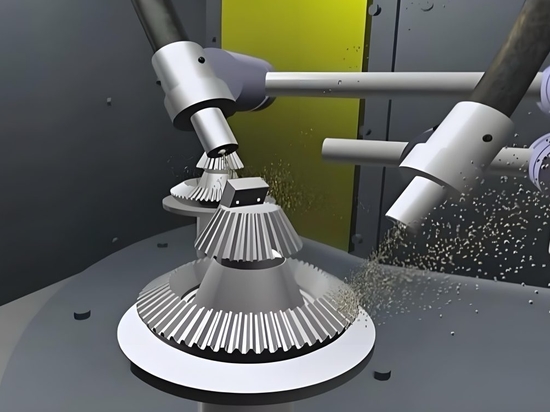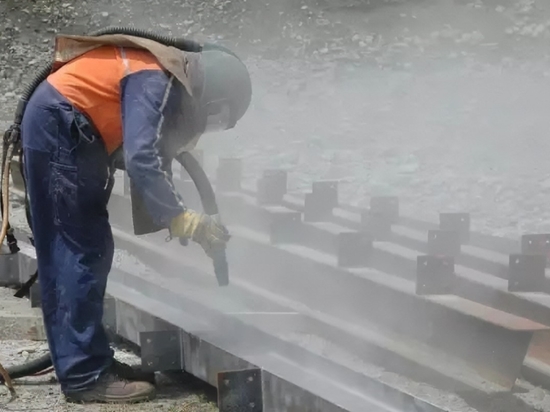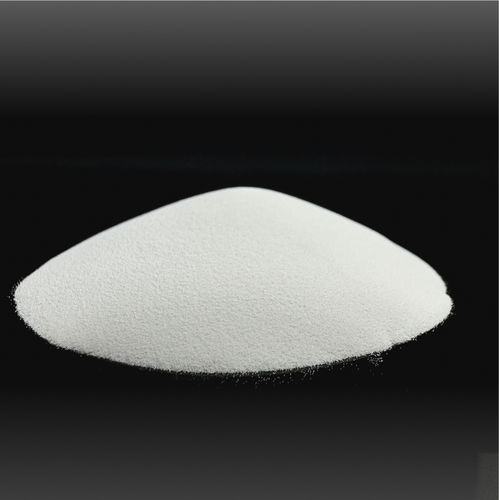
#Industry News
The Green Blast Revolution: Transforming Industry Through Eco-Friendly Abrasives
How Sustainable Blasting Media Is Reshaping Manufacturing While Protecting Our Planet
In today's industrial landscape, companies worldwide face increasing pressure to adopt sustainable practices while maintaining productivity and quality standards. Abrasive blasting, a widely used surface preparation technique across numerous industries, has traditionally relied on materials that pose significant environmental and health concerns. The shift toward eco-friendly blasting media represents not merely an optional green initiative but an inevitable direction for forward-thinking enterprises committed to sustainable development.
The Environmental Impact of Traditional Blasting Media
Conventional blasting materials such as silica sand, coal slag, and certain mineral abrasives have long been industry standards due to their effectiveness and relatively low cost. However, these materials present substantial environmental challenges:
Silica dust causes serious respiratory conditions including silicosis
Heavy metal contamination from coal slag can leach into soil and water systems
Limited recyclability leads to significant waste generation
High disposal costs and regulatory complications
Contribution to air pollution and particulate matter emissions
The Rise of Eco-Friendly Alternatives
The development of environmentally responsible blasting media has accelerated in recent years, driven by regulatory pressure, corporate sustainability goals, and technological innovation. These alternatives deliver comparable or superior performance while dramatically reducing environmental impact:
Recyclable Media Options
Soda blasting media (sodium bicarbonate)
Glass beads and crushed recycled glass
Walnut shell and other agricultural byproducts
Steel grit and shot with high reusability profiles
Plastic media specifically engineered for multiple use cycles
Key Environmental Advantages
Eco-friendly blasting media offer multiple sustainability benefits that align with modern corporate environmental responsibilities:
Reduced waste generation through multiple reuse cycles
Lower dust emissions and improved air quality
Elimination of silica exposure hazards
Biodegradability of certain plant-based media
Decreased water contamination risk
Smaller carbon footprint across the product lifecycle
Economic Benefits Supporting the Green Transition
While initial costs for eco-friendly media may be higher than traditional options, the comprehensive economic analysis demonstrates compelling advantages:
Reduced disposal costs through reusability
Lower regulatory compliance expenses
Decreased worker health-related liabilities
Enhanced corporate reputation and marketing opportunities
Improved access to environmentally conscious markets and contracts
Long-term cost stability as traditional media face increasing regulatory restrictions
Regulatory Trends Accelerating Adoption
Global environmental regulations continue to tighten regarding industrial processes and waste management:
Stricter silica exposure limits in workplace safety regulations
Increasingly stringent waste disposal requirements
Extended producer responsibility frameworks
Carbon pricing mechanisms affecting manufacturing inputs
Green procurement policies favoring sustainable processes
These regulatory developments make the transition to eco-friendly blasting media not simply a voluntary sustainability initiative but an essential business adaptation strategy.
Case Studies: Success in Implementation
Leading companies across multiple sectors have successfully transitioned to eco-friendly blasting media with notable results:
In automotive manufacturing, a major European producer reduced waste disposal costs by 67% by switching to recyclable steel media for parts preparation, while simultaneously improving surface quality consistency.
A North American shipyard's implementation of soda blasting technology for hull maintenance decreased environmental compliance costs while accelerating project completion times due to reduced cleanup requirements.
An aerospace components manufacturer adopted walnut shell media for precision cleaning applications, eliminating hazardous waste concerns while meeting stringent surface specification requirements.
Strategic Implementation Approaches
Companies considering the transition to eco-friendly blasting media should adopt a systematic approach:
Comprehensive performance evaluation across potential applications
Total cost analysis including disposal, regulatory, and health considerations
Phased implementation beginning with less critical applications
Staff training on new material handling and recycling protocols
Supplier partnerships focused on sustainability metrics
Integration with broader corporate environmental management systems
Conclusion
The shift toward eco-friendly blasting media represents more than an environmental preference—it constitutes a necessary evolution in industrial surface preparation technology. As regulatory frameworks continue to emphasize sustainability, resource efficiency, and pollution reduction, companies proactively adopting green blasting alternatives position themselves advantageously for future market conditions.
This transition aligns environmental responsibility with operational efficiency and long-term economic viability. Forward-thinking enterprises recognize that eco-friendly blasting media are not merely a temporary trend but a fundamental component of modern sustainable manufacturing practice—the inevitable direction for companies committed to responsible production in a resource-constrained world.





